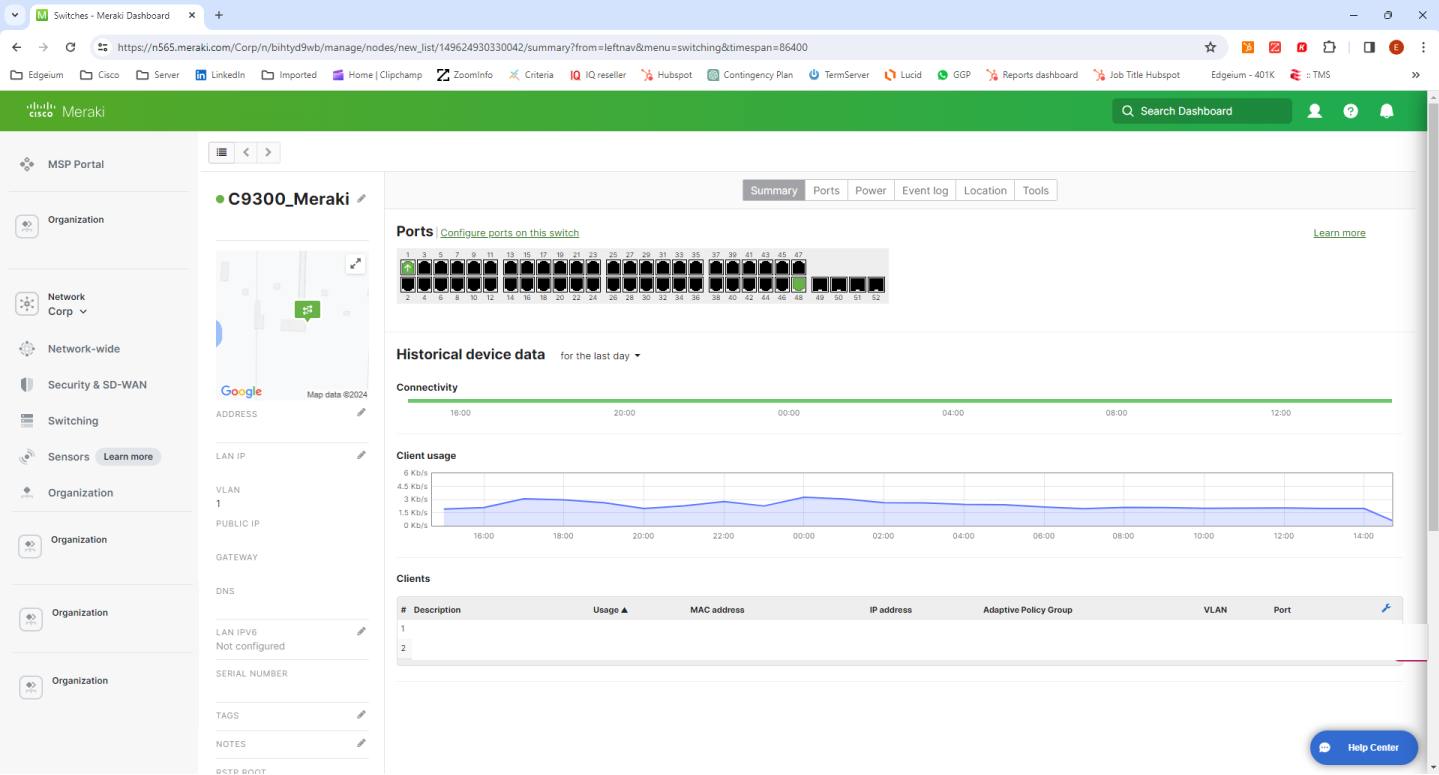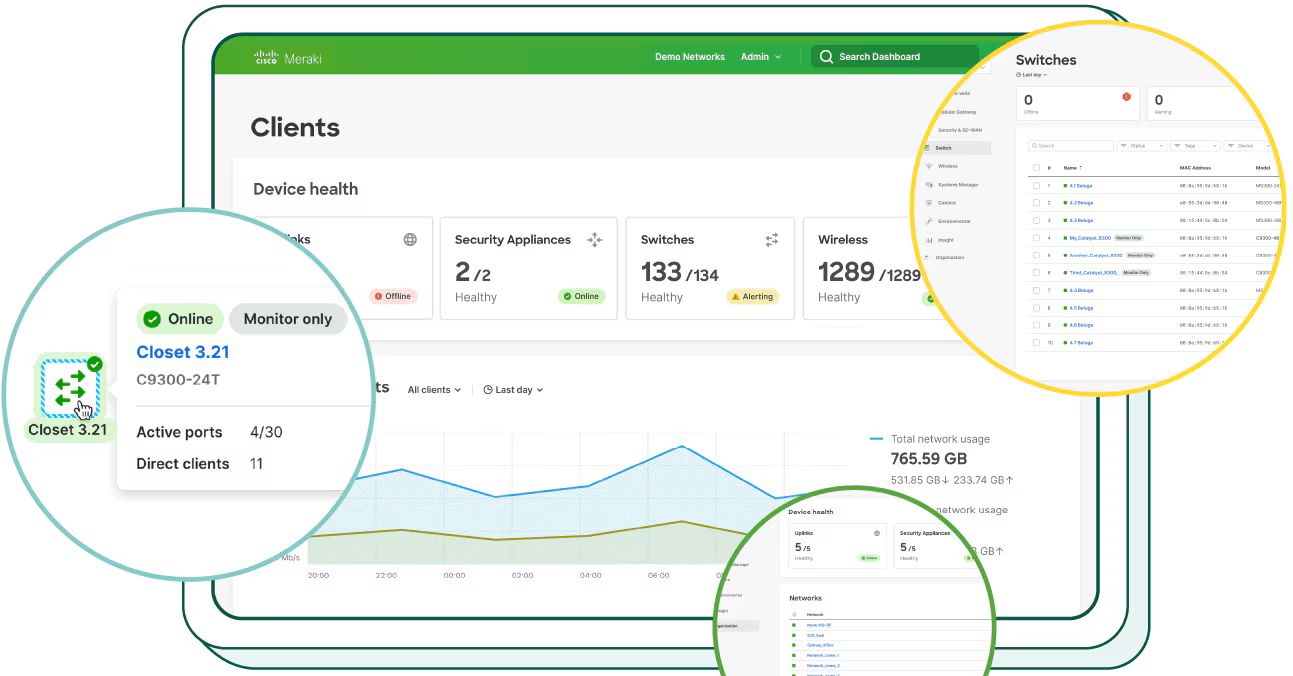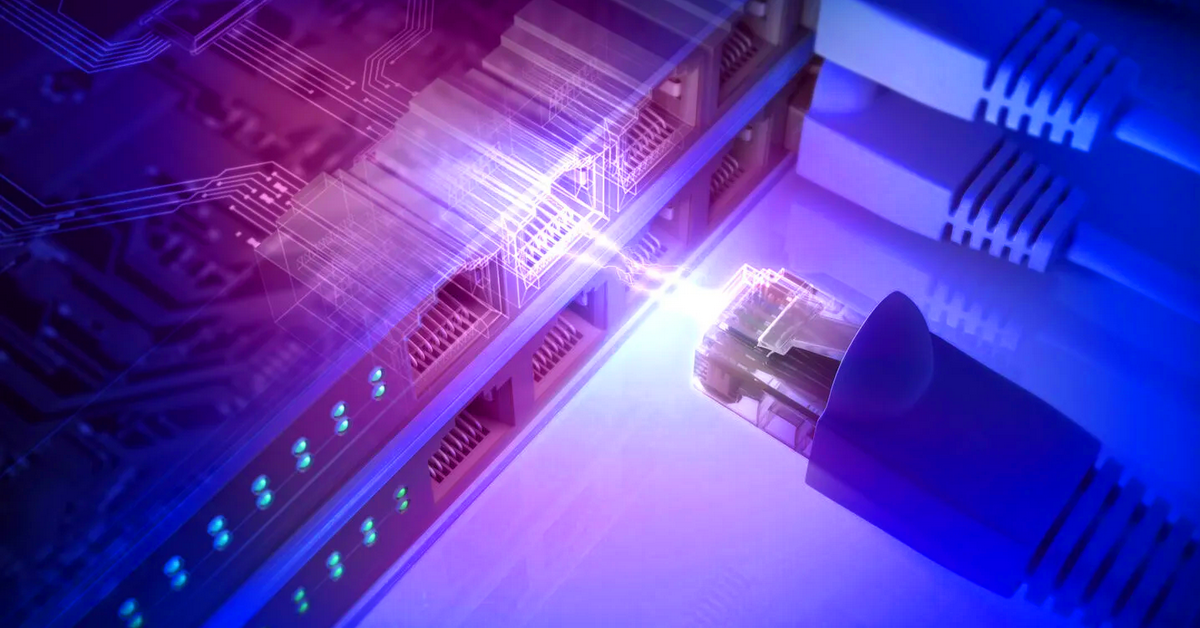Cisco Catalyst Center vs. the Meraki Dashboard
DNA Center has been rebranded to Catalyst Center In today’s fast-paced networking world, managing complex systems is no longer just about using the...

Interested in adding C9300s to the Meraki Dashboard?
Good news! You can now stack multi-gig C9300s with standard access C9300s, and manage in the Meraki cloud. This means a much larger selection of interfaces, as well as physical stacking up to 480Gbps. If you're currently a Meraki user who deployed anything but the more expensive MS390s, then you know why this is frustrating! A Meraki estate now wanting Multi-gig ports most likely requires a forklift upgrade into at least the MS390s if you want the benefits of physical stacking. MS390s are the first line that offer 48 port switches with Multi-Gig ports, and it is unlikely that MS390s were chosen in existing estates for the sake of standard 1G data or PoE switching. Multi-gig ports prior to this year were a more expensive switch option that offered an 'unproven' return as all access points had a 1G network interfaces. As of this year, however, any newly purchased access point plugged into a non multi-gig switch is a bottle neck. 2.5G, 5G, and 10G network interfaces are now the norm for access points. Read more here: New mGig more of a “meh” gig?
Interested in marrying C9300s and Meraki management? Lets do it!
C9300, C9300L, and C9300X can be migrated to Meraki. This includes stand-alone switches and stacks. IOS-XE will be replaced with a new software image provided by the Meraki cloud and local console access / CLI will no longer be available. During the migration process, the switches flash, configuration, USB-flash, and all files will be formatted.
The following models can now be managed via Meraki:
The following network modules are also supported. If a switch has any other network module than the ones listed below, migration will fail.
Software updates will work just like Meraki cloud works today although Cisco is officially calling them "Firmware Upgrades." We can easily see all firmware versions as well as schedule "Firmware Upgrades" on a per-network or per-device-type basis. More about that process here: Managing Firmware Upgrades
The same stacking rules we've lived by apply. Meraki managed C9300s can only stack with other C9300s. If you have a mix of MS390s and C9300s, virtual stacking can be done. Stack Power is also supported in a ring topology up to 4 switches.
Beginning with CS15+, Network Based Application Recognition (NBAR and NBAR2) Netflow v10 (IPFIX) for IPv4 and IPv6 traffic, as well as Encrypted Traffic Analysis (ETA) is supported on both Meraki managed C9300 and MS390 switches. MS NetFlow and Encrypted Traffic Analytics
Again, migration WILL NOT be successful if an incompatible network module is present.
To migrate, the C9300s must be running at least IOS-XE 17.10.x in INSTALL mode. Please check the release notes for your version to convert from BUNDLE mode. INSTALL mode is loaded via 'packages.conf' where BUNDLE mode is loaded via 'longpackagefilename.bin'. C9300X require a certain image - IOS-XE 17.09.03m2.SPA.bin.
And without further ado, please follow these steps to move your Catalyst 9300 from IOS-XE to the Meraki cloud.


And that’s it! Assuming you have licenses available, you can now add your C9300 to your Meraki dashboard.
Licensing is available in the standard 1, 3, 5, 7, and 10 year terms. The licensing nomenclature is simply LIC-C9300-(24/48)(A/E)-nY. 24 or 48 based on the port count, A/E based on the software image, and n based on the term you would like.
Subscribe to our Monthly Newsletter.
✅ Expert IT tips you can actually use
✅ Cost-saving solutions that boost ROI
✅ Straightforward insights — just value
All straight to your inbox.
No spam. No sales pitches. Just better networks.

DNA Center has been rebranded to Catalyst Center In today’s fast-paced networking world, managing complex systems is no longer just about using the...

Cisco has been making significant changes to its Digital Network Architecture (DNA) offerings, particularly with the rebranding of DNA Center to...

Did you know that access points can behave differently depending on how much power they are receiving? The addition of a new device drawing the...